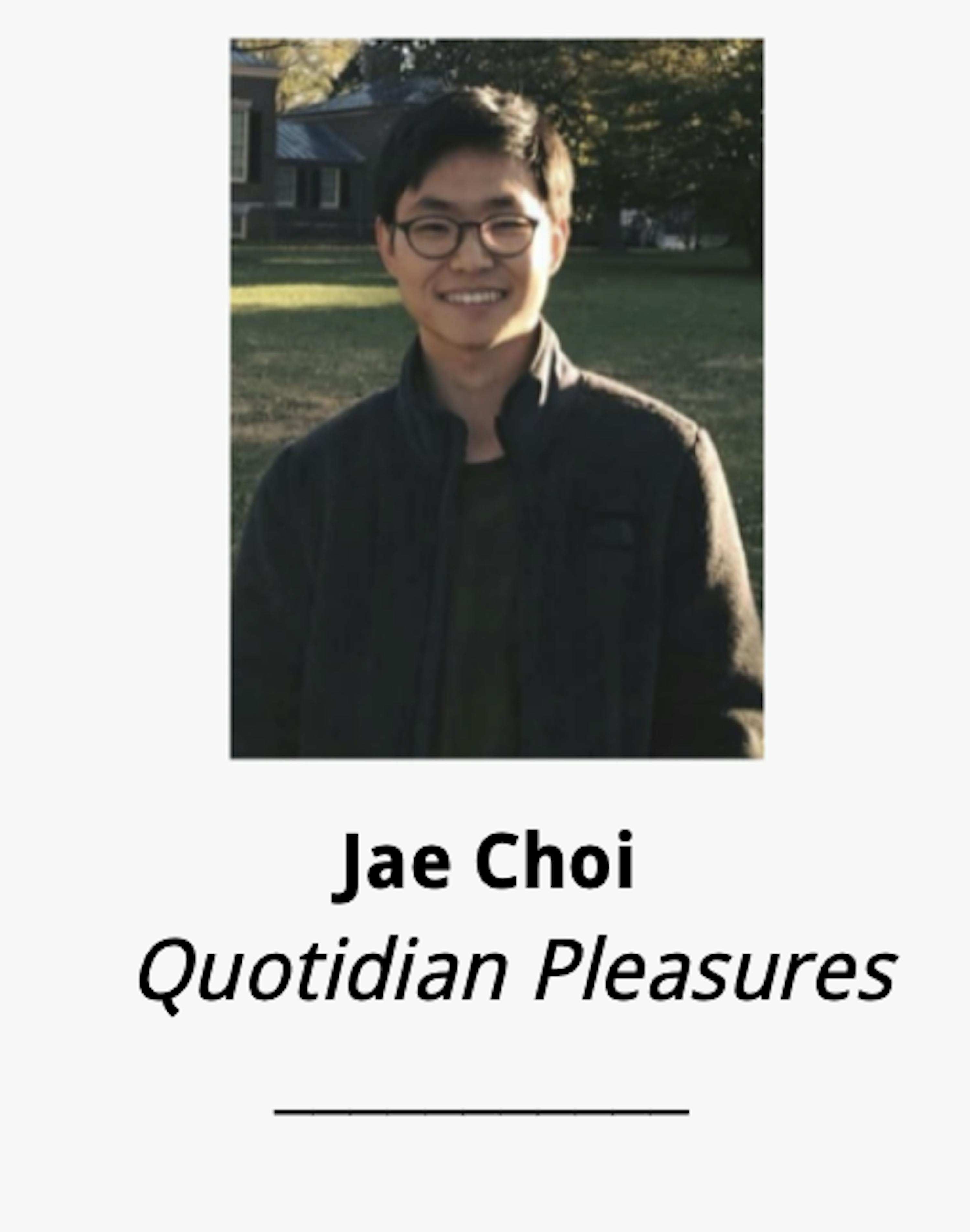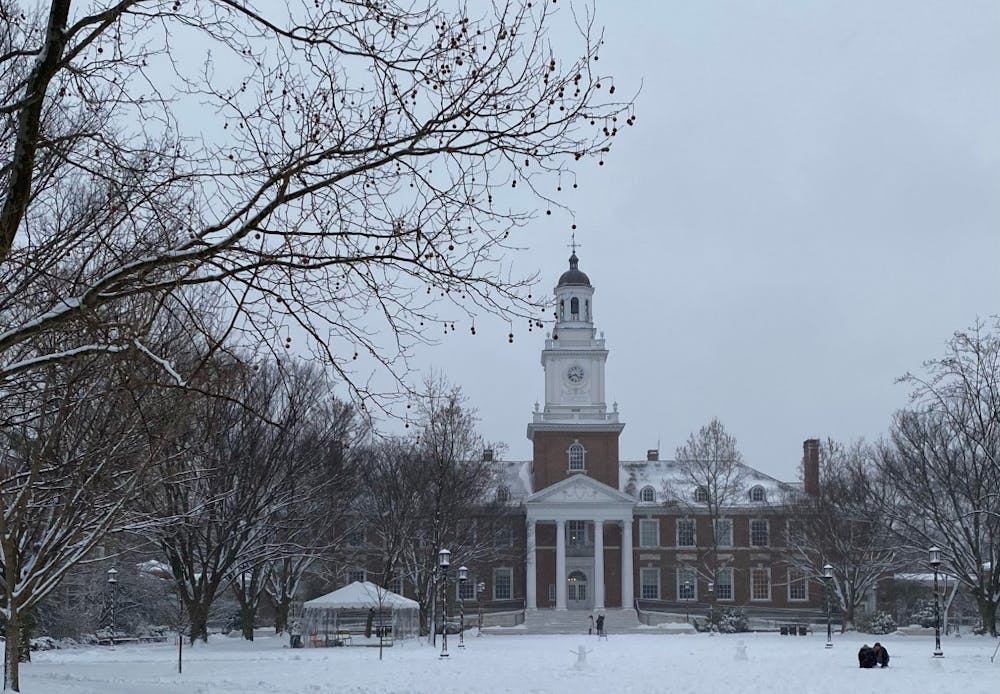
Like most everyone else, I’ve picked up a quarantine hobby or two over the past few months. I re-engaged with my childhood love for painting. I started to cook for fun, not just for sustenance. I’ve also recently made it a point to be more physically active. I’ve been going on runs with my roommates, and just this past Friday, we finished a “30 days of yoga” program. But I think the most meaningful hobby I’ve picked up is taking walks.
At the beginning of the pandemic, I remember there was an unusual craze around “quarantine walking.” Everyone seemed to be obsessed with “reconnecting with nature” and staying active while largely confined at home (while wearing masks and socially distancing, of course).
I started going on my own walks in the summer to join the fad. I initially justified walking as a way to take breaks from MCAT studying, and when the fall semester started, to take short breaks from classes and extracurricular activities. I like to think that it also helped me break out of the monotony of being home all the time. Time has a habit of feeling cyclical when confined to the same four walls every day. But when walking outside, admiring the shifting colors of the local foliage or exploring new neighborhoods, I felt like new things were happening and that time was indeed moving forward. Time bent back into the shape of a straight line and began to feel linear again.
Yet there’s another part of me that’s recently begun to approach walking as a reflexive kind of habit. I’ve started walking without an exact purpose in mind; it’s something I just “do” every couple of days, though I wonder if it’s a subconscious effect of my body telling me that I’m developing cabin fever and in need of a break.
In her 2000 book Wanderlust: A History of Walking, Rebecca Solnit writes that walking can be seen as the closest thing to doing nothing in a culture dominated by an ethos of perpetual productivity. According to Solnit, “It is a bodily labor that produces nothing but thoughts, experiences, arrivals.”
Though walking can be seen as doing nothing, I think Solnit also points to a way in which walking is doing everything — the body is fully engaged as it moves, thinks and observes the world around it. On a typical half-hour walk, I’m no longer focused on a few tiny pixels on a screen or ink lettering on the pages of a book. Instead, I’m taking in the sensation of the pavement along North Charles, appreciating the winding shapes of the maple and oak trees of Guilford, filling my lungs with the fresh Sherwood Garden air, poring over idle thoughts about nothing in particular. I feel fully present.
There’s a really wonderful comic by Laura Mishkin in the Los Angeles Times titled “Comic: How the Los Angeles hills keep me sane” that illustrates how walking invites this feeling of meditative observation. Toward the end of the comic, one of her captions reads, “I realize how many local gems exist once I look for them. I think about how different my quarantine universe would look if I lived on another street or another neighborhood.”
Reflecting on my own quarantine universe, I think of Stony Run Trail, the stores along St. Paul, the Giant in Hampden where I get my groceries, the hilly street paths of Tuscany-Canterbury and of course, Homewood. Despite the fact that I usually take these walks alone, walking makes me feel more connected to the community, a feeling that lingers even when I return home and enter back into my work. Returning to my desk, I feel more energized and excited to settle back into problem sets, books, papers, lab work, club activities and writing for The News-Letter.
Like any worthwhile hobby, walking for me has become more of an end in itself, rather than a means (although feeling refreshed is a nice ancillary effect). Though seemingly purposeless, it has enhanced all parts of my daily life as a student.
On Sunday, I went for a short walk. The world outside my apartment was decked in a pristine sheet of white. Snow crunched under my shoes until I reached the end of the sidewalk, where much of it had melted. I could now hear the thud of my steps again. Others were out as well, exploring their own quarantine universes. The wind was gentle, not too cold. My mask kept my face warm as flakes of snow nestled into the ridges of my glasses. I approached campus. Exasperated sounds of snowball fighting pierced the air. Animated conversations swelled. On the beach stood milky-white snowmen pensively and silently looking out over North Charles in joint meditation, contemplating a transitory existence.
Jae Choi is a senior studying Neuroscience and English from Carrollton, Texas. He is an aspiring MD candidate. In his column, he enjoys making sense of extended stays at home during the pandemic and exploring how to find significance in everyday activities.





